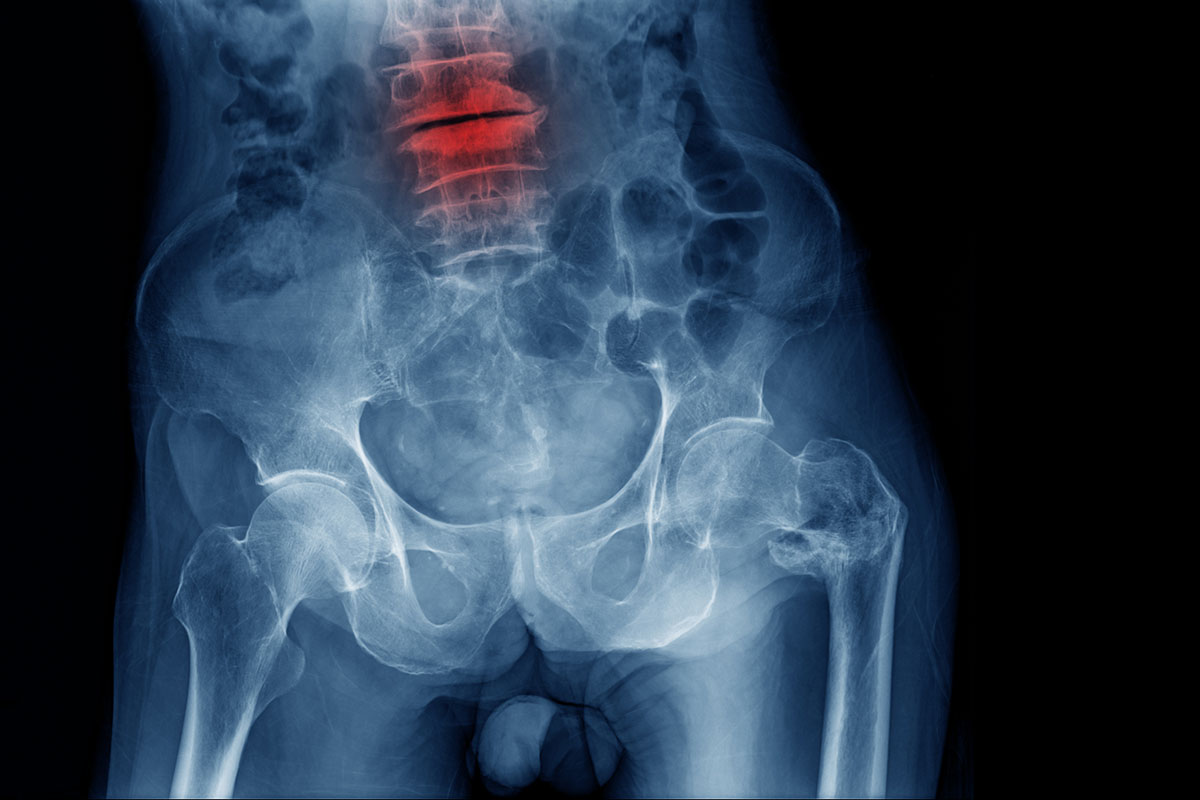
Spinal Fractures
Spinal fractures caused by trauma required immediate emergency care. Until one knows if a fracture has occurred, prevent the person from moving until medical help arrives to reduce the risk of permanent paralysis. However, most spinal fractures are caused by osteoporosis, the “brittle bone disease” caused by the loss of calcium from bones.
When one of the seven vertebrae that comprise the neck is broken, it is called a cervical fracture. Minor fractions may heal on their own as long as the neck is supported by a cervical collar or brace. More extensive damage may require traction or surgery. In more serious but still treatable cases, a neurosurgeon will remove tissue and bone fractures pressing on the spinal cord. Spinal decompression should occur as soon as medically possible.
Lumbar fractures are mostly caused by osteoporosis when the vertebrae within the fragile spinal structure collapse or compress. Osteoporotic fractures cause “dowagers” hump and shortened height, along with chronic and severe pain and potentially reduced mobility and function. New, minimally invasive surgical procedures are now available to stabilize fractures and provide pain relief. One such procedure is vertebroplasty, in which the neurosurgeon injects a safe acrylic bone cement to seal up the spaces within the fractured bone.
Symptoms
Symptoms of a spinal fracture vary depending on the location and severity of the injury. These include
- Back or neck pain
- Numbness and/or tingling
- Muscle spasm
- Weakness
- Bowel/bladder changes
- Paralysis the arms or legs, which may indicate a spinal cord injury
Treatment
Treatment of a spinal fracture begins with pain management and stabilization to prevent further injury. Stable fractures can usually be treated with bracing and rest. Unstable fractures, however, typically require surgery to realign the bones and prevent spinal cord or nerve injury.










